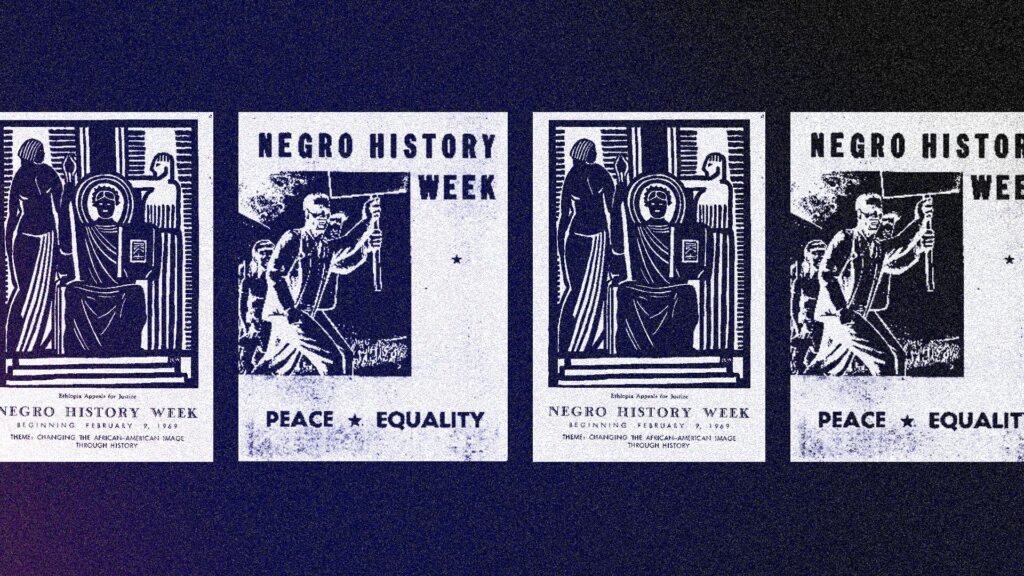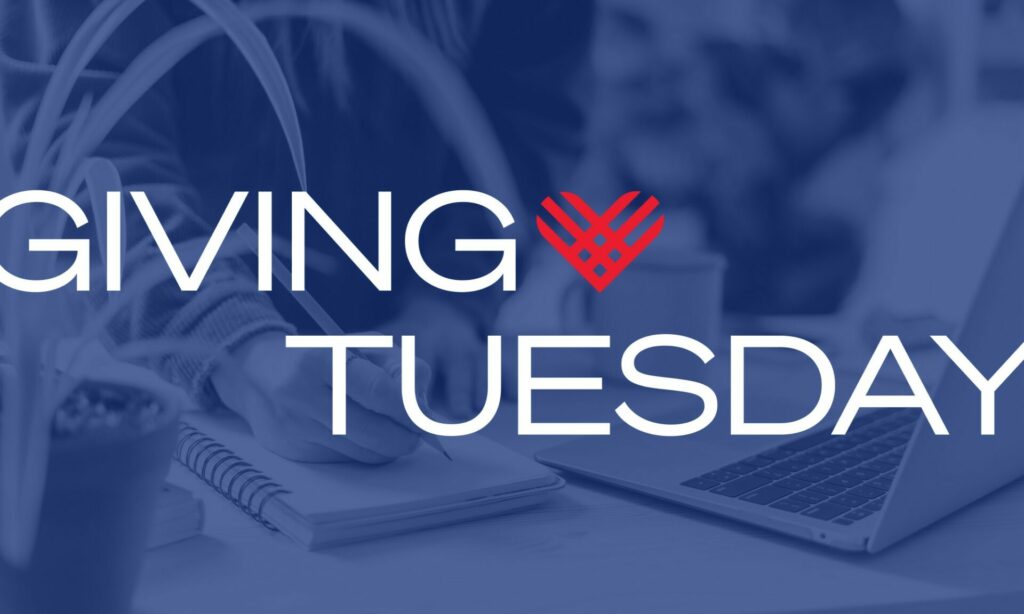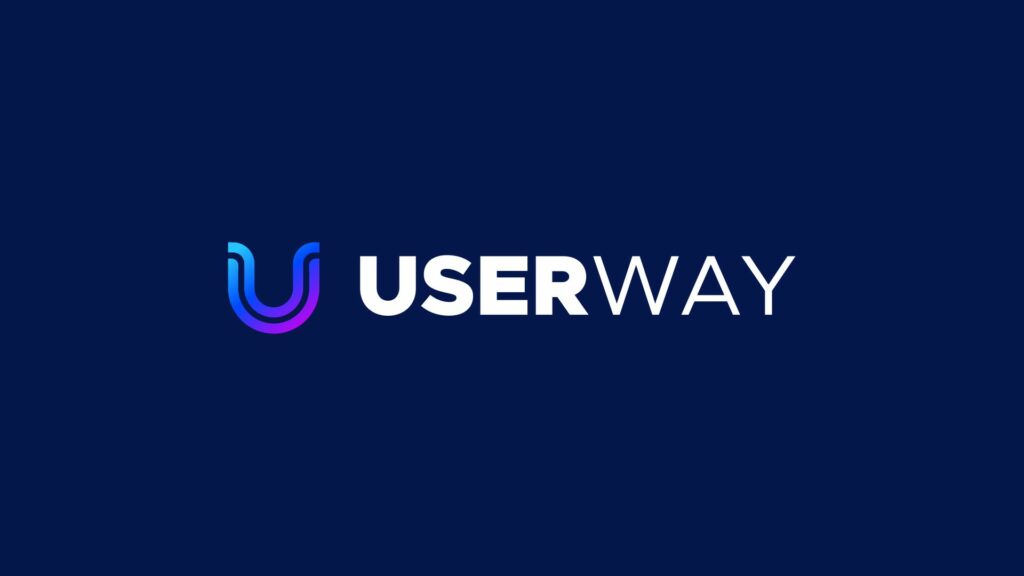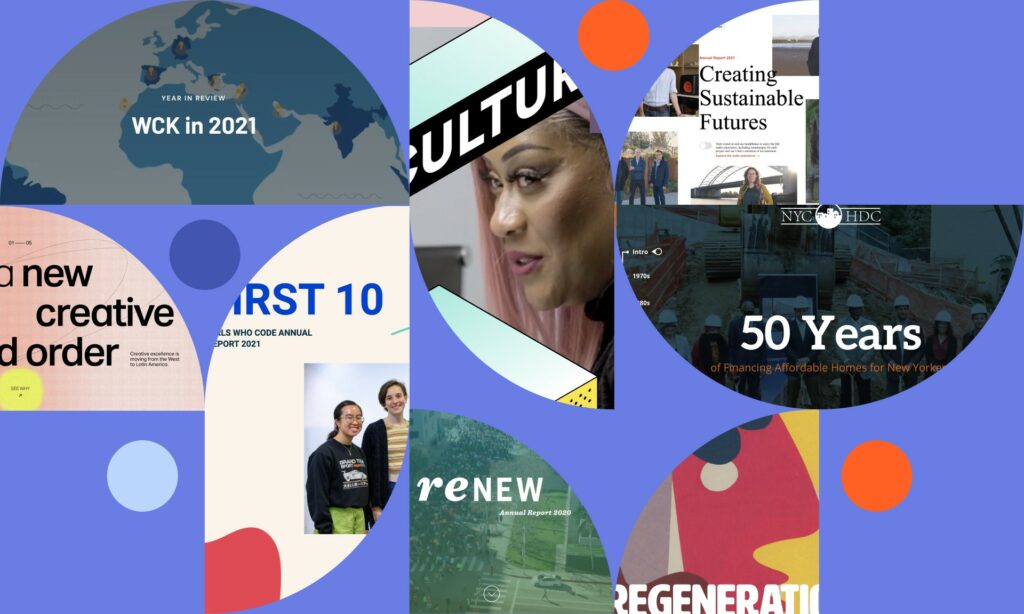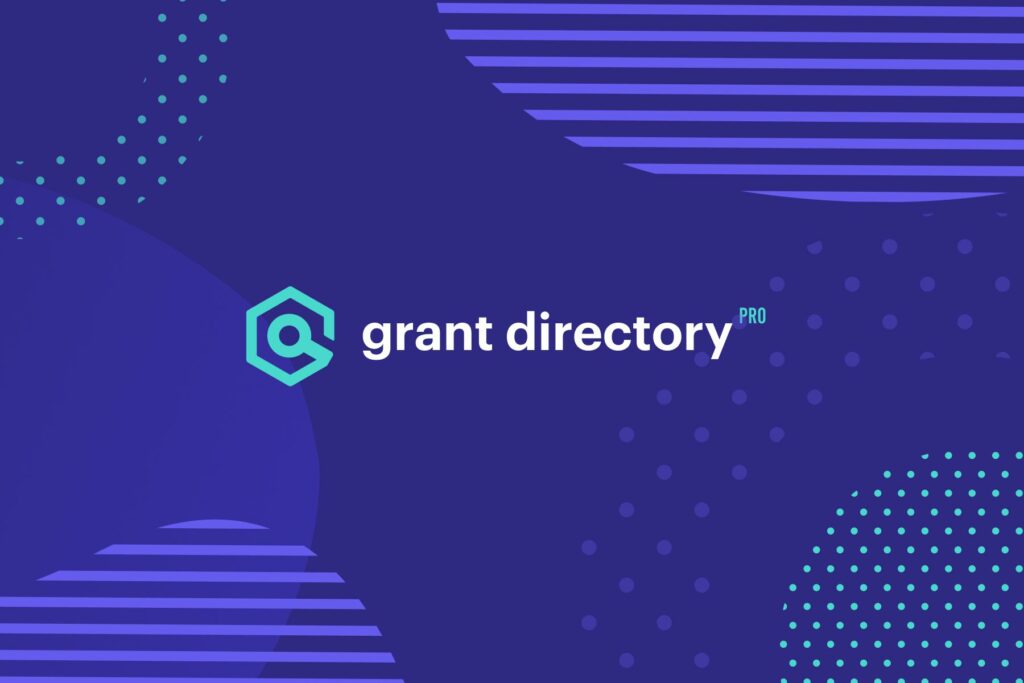
Undergoing a website project can be exciting—you are creating a powerful communications platform that tells the story of your organization and engages supporters in your mission. But it can also be an intimidating undertaking, even when you have an expert partner by your side. Most websites Visceral creates take between 6-12 months to complete, and during that time you and your organization will make countless decisions, review many rounds of mockups and prototypes, and build consensus in order to move forward. This post explores the four most common challenges you will face when creating a website, but more importantly, how to anticipate and overcome them.
Building Consensus with Stakeholders
Unless you are running the show alone, you are likely going to need to engage stakeholders along the way. Stakeholders are anyone who has an interest or decision-making power in the project. This can be staff members, board members, a broader project team, or audience members whose feedback you value. Effectively engaging them involves navigating diverse ideas, opinions, and desires. Understanding who needs to be involved in the project and at what touchpoints are essential to the project’s success. All of the stakeholders need to have consensus on the goals for the project, the organizational needs, and the prioritization of ideas for the new website.
To plan for this challenge ahead of time, it’s essential to identify who needs to be involved before the project begins and what level of influence they have over specific areas of the site. There should be a project leader who has the final say and prioritizes stakeholder feedback. We always recommend bringing stakeholders into the project early and have them involved through the entire process so they can weigh in as well as understand what decisions have been made so far. See this post to understand how you can better engage stakeholders from the beginning and clearly articulate how important their input is by giving them a stakeholder “score”.
Time Management
At the beginning of a project, the project team is excited and ready to get started, but as the months go on focus starts to shift and attention can drift from the website project. Unexpected roadblocks such as busy schedules, unplanned out of office time, or illness can lead to project delays or a product that you aren’t fully happy with.
Once you have the entire project team (including stakeholders) identified, create your project schedule. Give everyone a good idea of how much time you will need them to dedicate to the project and when. Understanding when you and others will be most invested in various aspects of the project and anticipating potential challenges will help ensure the process goes smoothly.
Creating the Content
The effort involved in the writing of the website content often gets underestimated. This is generally a large amount of words that now need to be written by someone on your team (or a contracted copywriter if you choose to work with one).
The best solution to this is to break it up and to plan ahead. If you have different program areas, have the respective teams write their own content and then identify one person to be the copy “editor” to verify the voice and tone of the content are consistent. If you need support, we always recommend a talented copywriter with particular subject matter expertise to help your project succeed. Pay close attention to your project schedule and allocate the time you need to write and review during the copywriting time period in advance.
Planning for Growth in the Years to Come
You likely aren’t going to be doing a full redesign for another few years, so the website needs to be future-proof and adaptable to your needs. It’s important to look ahead and see what types of features you may need in the next few years.
Look at your organizational strategic plan for the next three to five years. Can you anticipate any changes in the structure, the programs you invest in, or the way you work? If so, start thinking about them now, before you embark on a redesign journey. Your website partner can help you plan for those ideas, even if they are only hypothetical right now.
In Conclusion
Embarking on a website redesign is a major step for any organization and can result in a powerful communications tool. To ensure that the process goes smoothly, plan ahead and anticipate some of the most common challenges. Do you think your organization is ready to take the next step? We’re happy to help you get off the ground. Give us a call or contact us!






